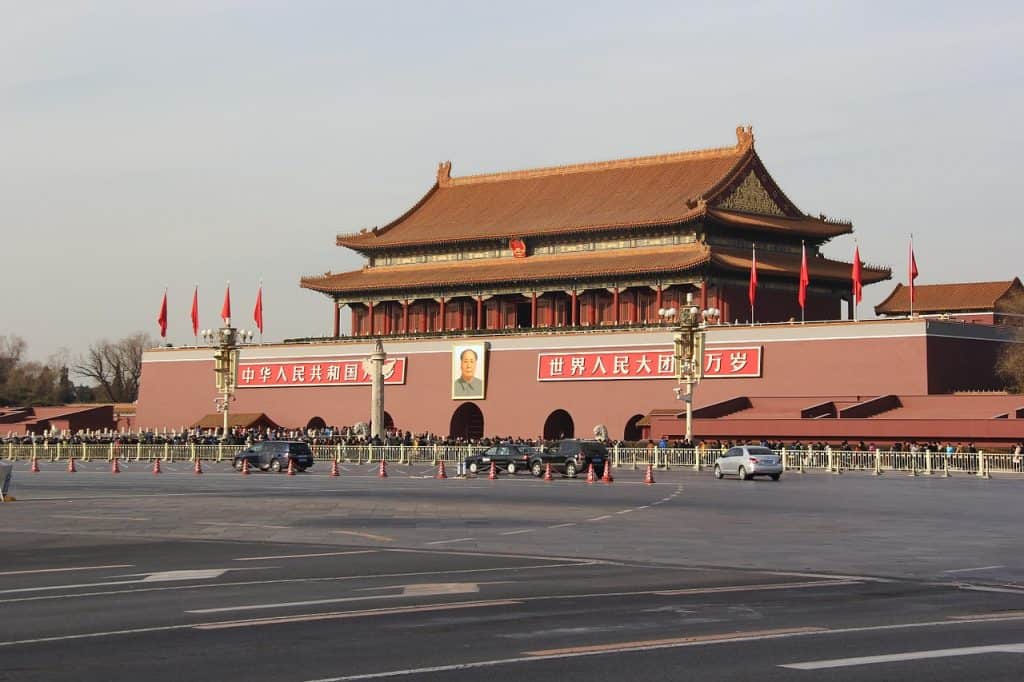The 8 Most Stunning China Landmarks
From the thriving Great Wall to the captivating neon lights of Shanghai, China is a foreign, dizzying, and genuinely beautiful country blessed with marvelous and stupendous scenery and magnificent man-made sights.
China is a fascinating country with centuries of rich culture and history. The ravishing landscapes of China cannot be easily compared to anywhere else on the planet.
If you’re thinking about spending your holiday in China, a visit to the country’s famous landmarks is truly a must.
Table of Contents
1. Great Wall of China
The Great Wall of China (or simply, The Great Wall) is one of the greatest wonders of the world. It was listed by UNESCO as a World Heritage Site in 1987.
The Great Wall is a series of fortification systems built across the northern borders of China. Its primary purpose is to protect and consolidate territories of Chinese states and empires against several nomadic groups of the steppe and their polities.
Like a giant dragon, the Great Wall winds up and down across grasslands, deserts, plateaus, and mountains. Apart from defense and border control, the wall also served as a transportation corridor.
Thousands of tourists visit the thriving Great Wall to experience this China landmark offers. The walk along the wall is challenging, but it’s absolutely breathtaking. Get mesmerized with the 360-degree view of stunning landscapes and the vast horizon.
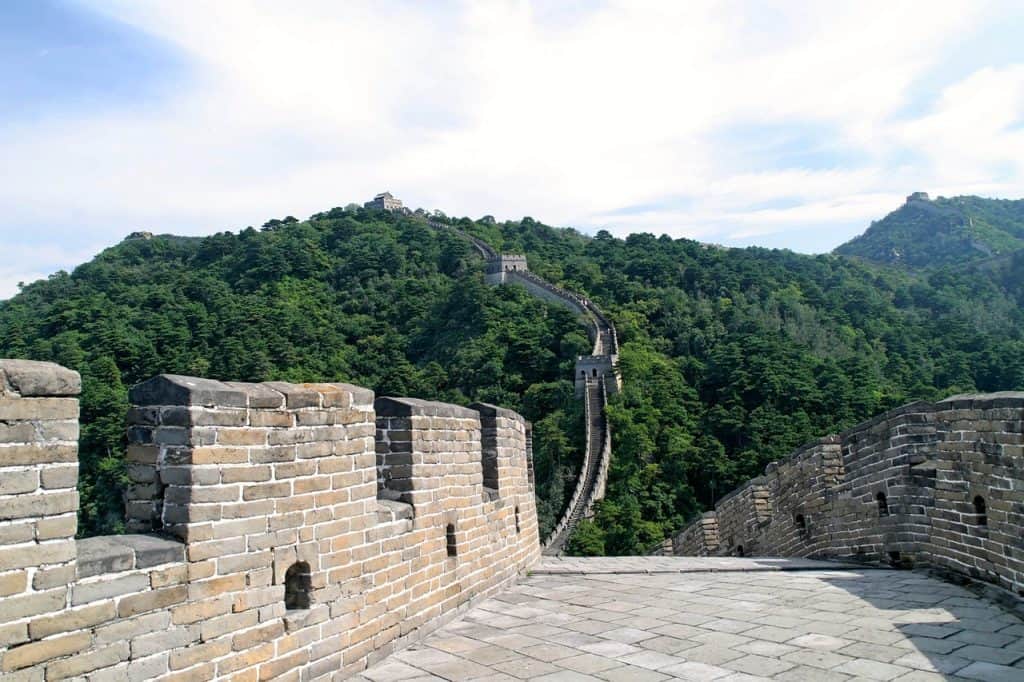
2. Forbidden City
The Forbidden City is another China landmark that you shouldn’t miss! Also known as the Palace Museum, this iconic infrastructure was once the imperial palace of 24 emperors during the Ming and Qing Dynasties.
The complex has 980 buildings and covers 72 hectares, making it the largest palace in the world. In 1987, the Forbidden City was listed as a World Heritage Site by UNESCO.
The once imperial residence is now a famous museum that attracts tourists who want to learn more about the intriguing history of China. The museum houses significant artifacts, porcelains, an extensive collection of rare books, historical documents, inscribed wares, ceramics, paintings, and so much more.
The intricately designed walls and gates will amaze people of all ages. And the structure of the courts and its surroundings are incredibly fascinating!
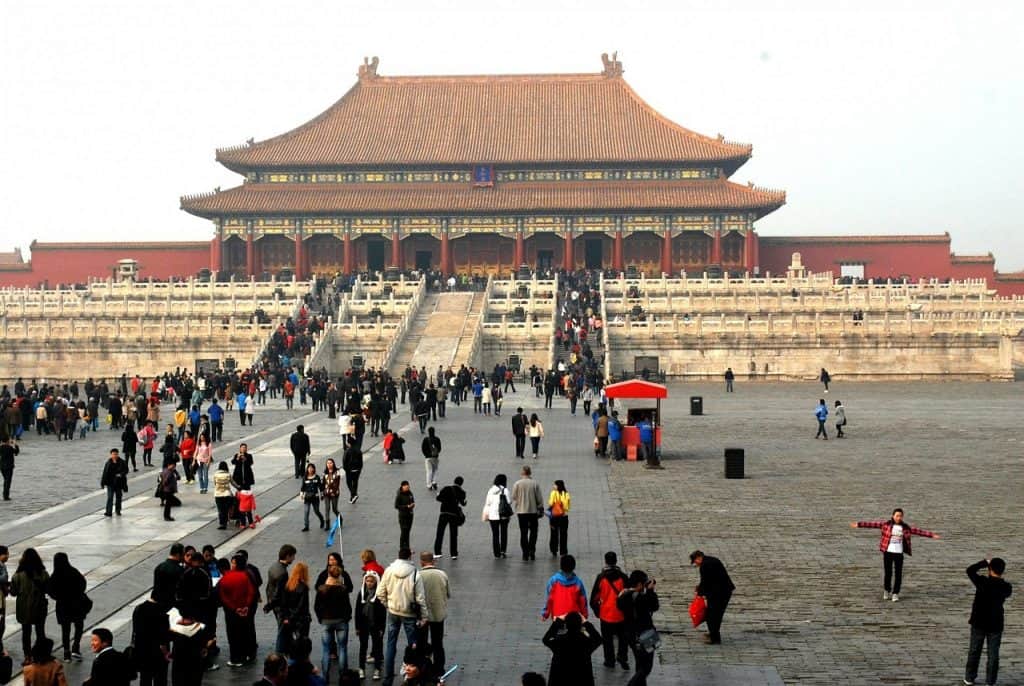
3. Emperor Qinshihuang’s Mausoleum Site Museum
The Emperor Qin Shi Huang’s Mausoleum Site Museum, also popularly known as Terracotta Warrior, houses a collection of terracotta sculptures based on the armies of China’s first Emperor, Qin Shi Huang.
The sculptures are a form of funerary art buried with the emperor (around 210 – 209 BCE) to guard the emperor in his afterlife.
This collection is one of the most massive and significant archaeological finds on the planet. You’ll be amazed to see how diligently everything was recreated.
The complex protects the relics to the greatest extent as it reflects the history of China that dates back a couple thousand years ago.
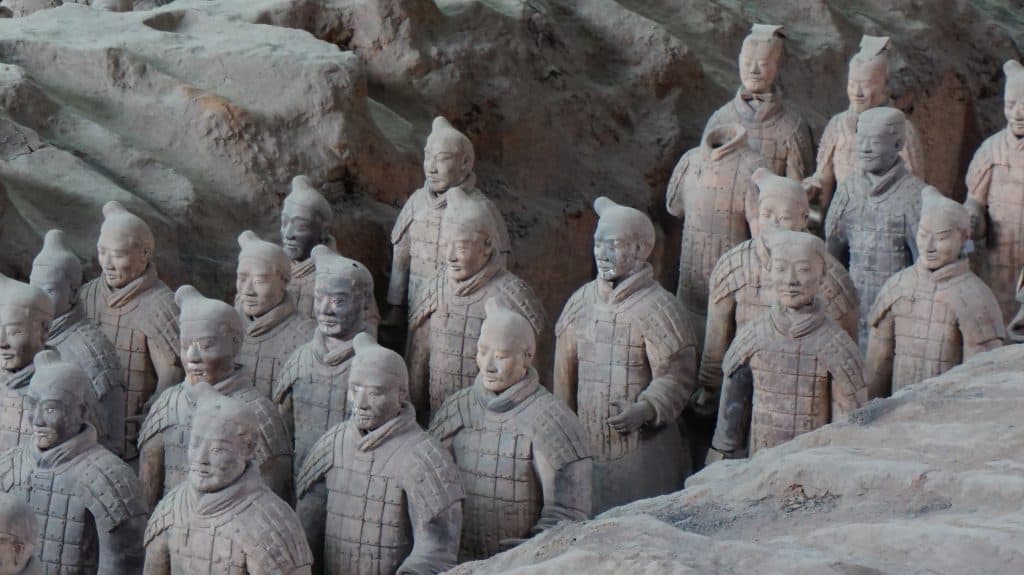
4. Summer Palace
The once imperial garden, Summer Palace, is now one of the most iconic China landmarks. It is a vast collection of gardens, palaces, and lakes in Beijing.
Summer Palace was listed among the World Heritage List of UNESCO in December 1998. It was declared as “a masterpiece of Chinese landscape garden design. The natural landscape of hills and open water is combined with artificial features such as pavilions, halls, palaces, temples, and bridges to form a harmonious ensemble of outstanding aesthetic value.”
The most dominant in the Summer Palace is the Longevity Hill and Kunming Lake. The Longevity Hills is 200 ft high and has several buildings. The front hill is famous for its splendid halls and pavilions, while the back hill is serene, peaceful, and beautiful.
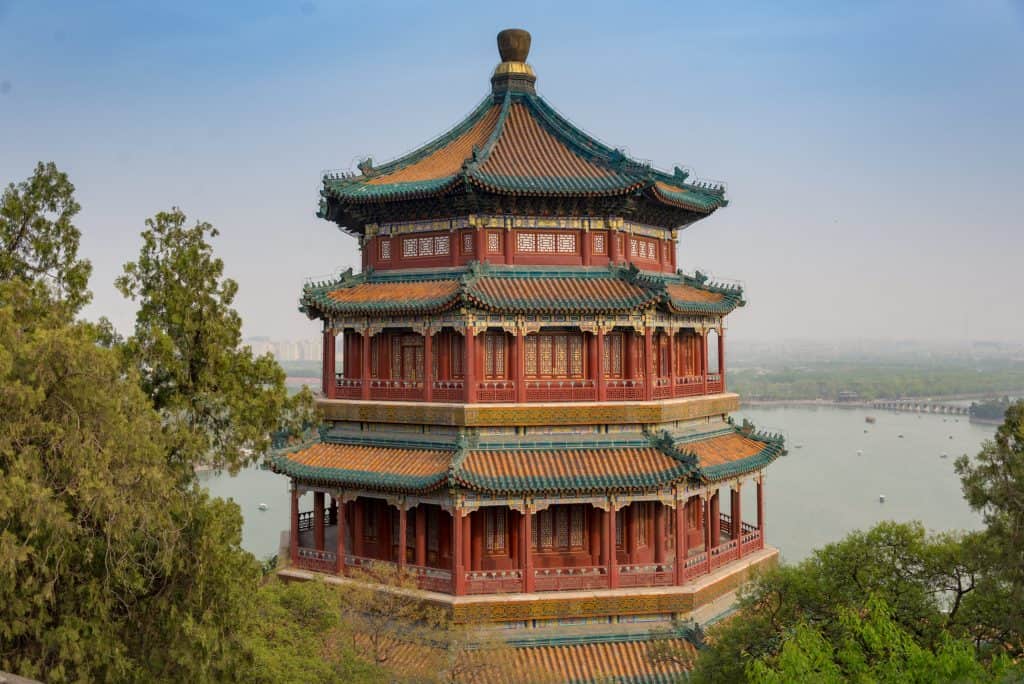
5. The Bund
Your trip to China won’t be complete if you don’t stop by The Bund, a famous China landmark. It is Shanghai’s most popular place boasting colonial buildings and imposing skyscrapers that make for the perfect street photography, walking, and night scenery.
What’s the best thing to do in The Bund?
Walk the mile-long stretch of the stunning waterfront promenade along the Huangpu River. The west of this stretch is impressive. There stand 52 buildings featuring various architectural styles such as Baroque, Gothic, and neoclassical styles.
From the 1860s to the 1930s, The Bund served as a powerful center of the colorful buildings in Shanghai. It legally operated under the protection of the treaty port.
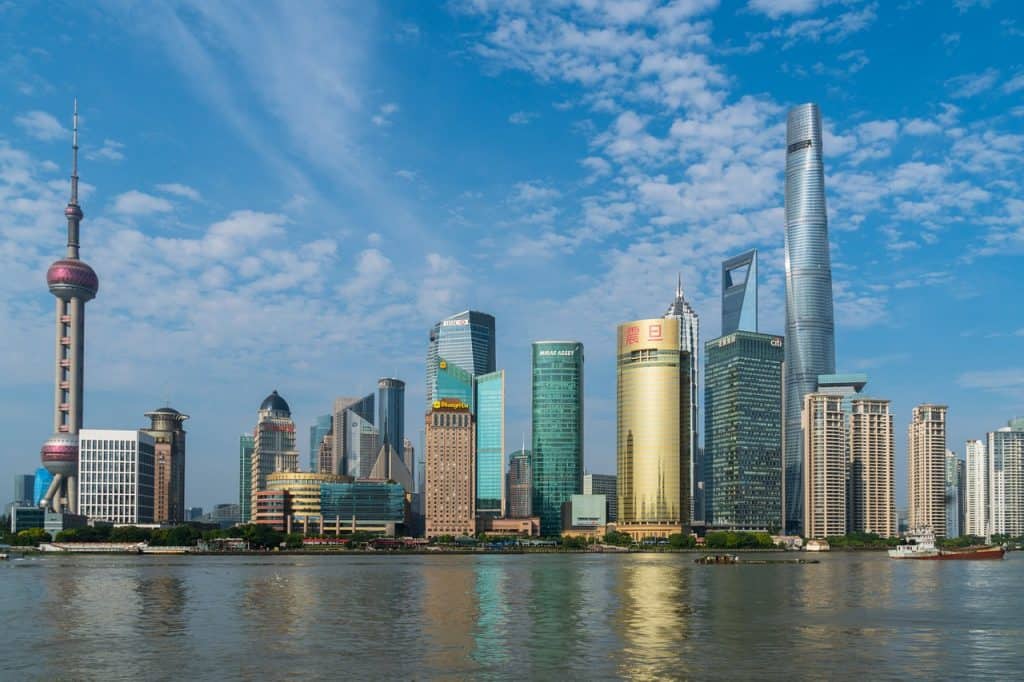
6. Temple of Heaven
Heavenly, enchanting, and serene, the Temple of Heaven is not just an ordinary sight. The temple is an imperial complex of religious buildings. Emperors of the Ming and Qing dynasties visit the temple for annual ceremonies of prayer to Heaven, usually for a good harvest.
The Temple of Heaven was built during the reign of Yongle Emperor, who also ordered the construction of the Forbidden City.
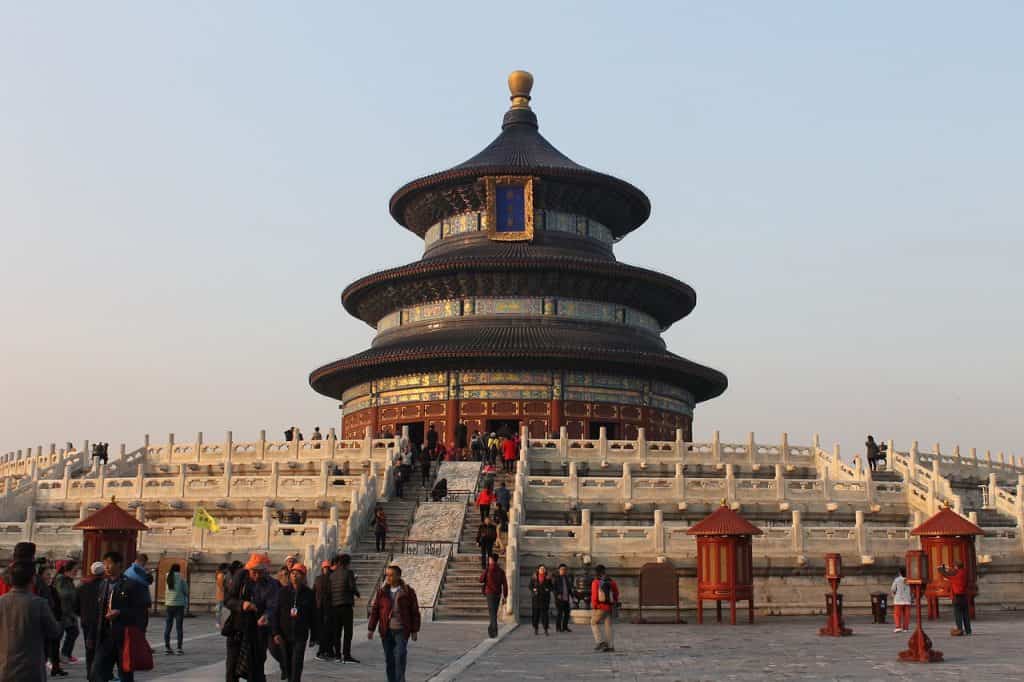
7. Potala Palace
Another impressive China landmark is the Potala Palace. It was a winter palace of the Dalai Lama since the 7th century.
The palace symbolized Tibetan Buddhism and was once the center of the Tibetan government. Seeing the beauty of the palace is an experience you’ll never forget. The imposing, fortress-like walls are impressive. You will also see stunning chapels, intricately designed prayer halls, and golden stupas.
According to studies, the first recorded use of the palace was in the 7th century AD.
The Potala Palace was listed as a UNESCO World Heritage Site since 1994.
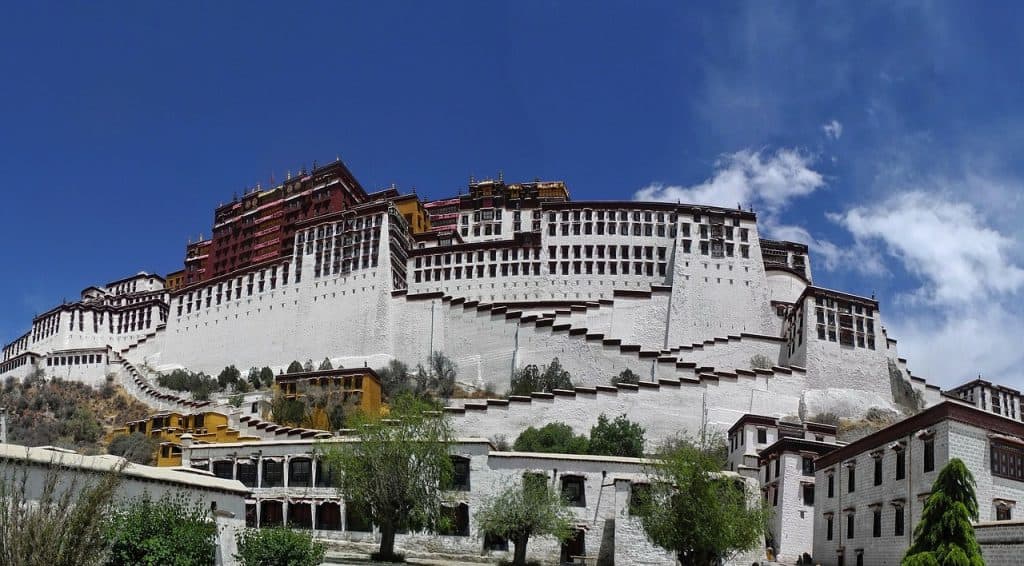
8. Tiananmen Square
In the heart of Beijing, China is the famous Tiananmen Square. Tiananmen means “gate of heavenly peace.”
This China landmark is listed in the top ten largest city squares in the world. Several historical events in China were held in this vast iconic square. But the most remembered past event is the 1989 Tiananmen Square protests, also known as June Fourth Massacre or the Tiananmen Square Massacre.
On June 4, 1989, Chinese troops entered Tiananmen Square and fired on civilians. The attack caused the death of hundreds of people.
The square comprises the National Museum of China, the Great Hall of the People, the Monument to the People’s Heroes, and the Mausoleum of Mao Zedong.
Despite the disturbing history that is embedded in the famous square, tourists still visit the iconic Beijing sight.

